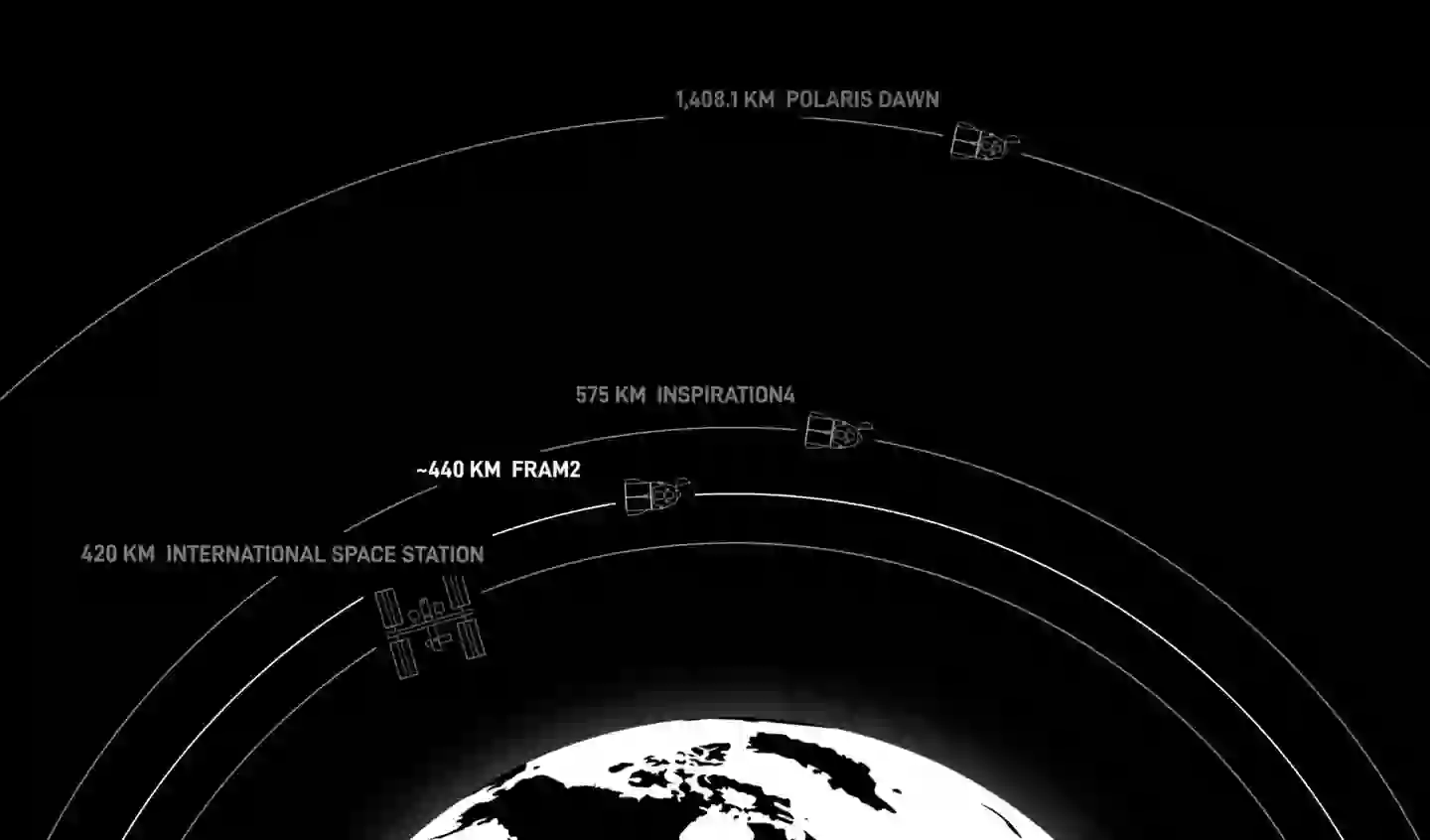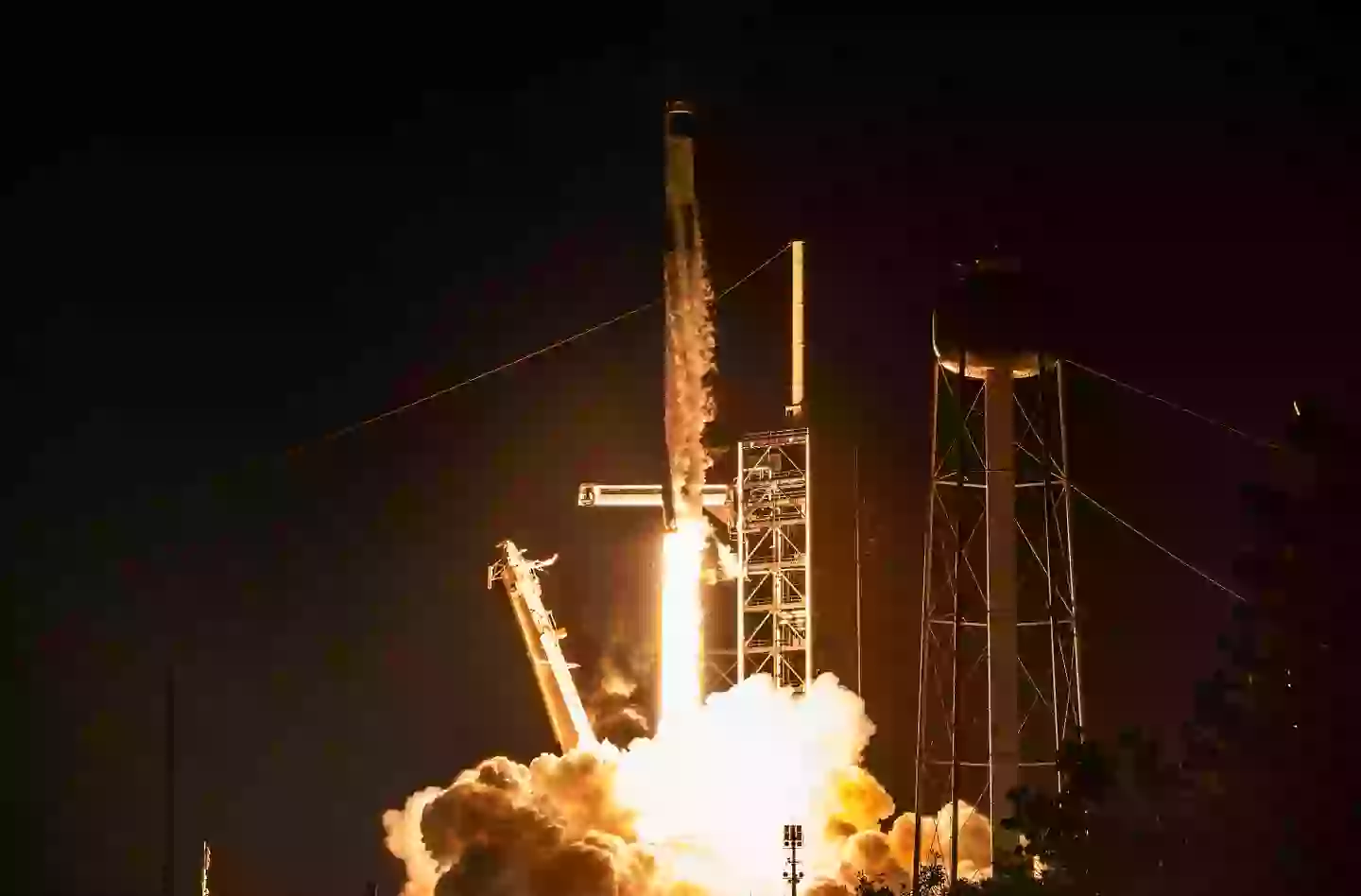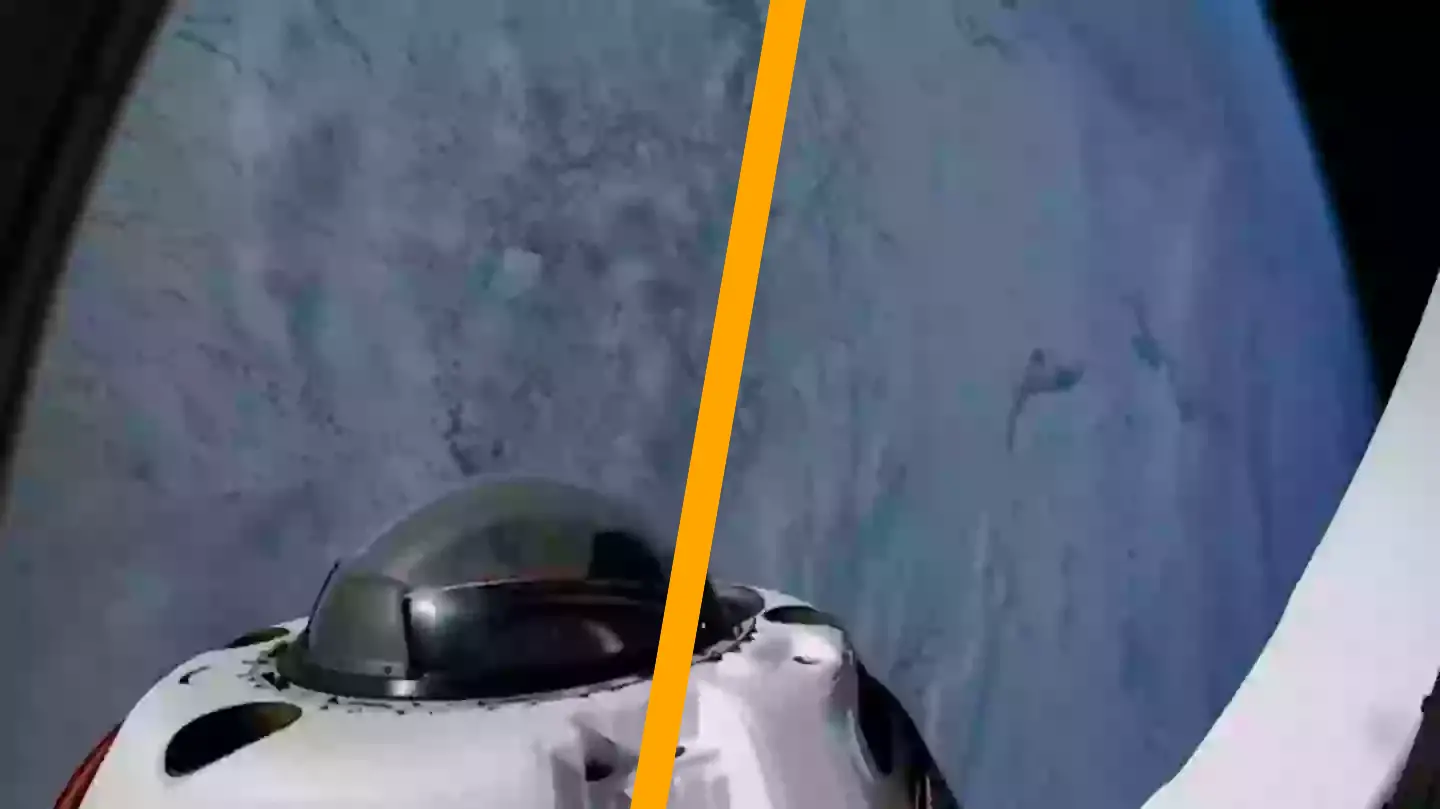SpaceX’s Fram2 mission has achieved a significant milestone by sharing the ‘first views of Earth’s polar regions’ from the Dragon spacecraft.
On April 1, at approximately 9:46 pm, a Falcon 9 rocket carrying a SpaceX Dragon spacecraft launched from Launch Complex 39A at NASA’s Kennedy Space Center in Florida.
This mission, part of SpaceX’s Fram2 initiative, aims to orbit Earth from pole to pole. Elon Musk has confirmed the mission’s success.
The Dragon spacecraft, with four private astronauts on board, will orbit about 270 miles above Earth. The mission is expected to last around 4-5 days.
Throughout the mission, the team will fly over Earth’s North and South poles multiple times daily. Fram2 released a statement suggesting that the launch could ‘unlock new possibilities for human spaceflight and provide a deeper understanding about our planet and its polar regions’.
SpaceX also posted on Twitter, sharing the ‘first views of Earth’s polar regions from Dragon’.
Elon Musk commented on Twitter, “This is the first time humans have been in orbit around the poles of Earth!” as he retweeted the post.
People quickly reacted to the achievement.

One Twitter user remarked, “Insane,” while another quipped, “So Earth is not flat?!”.
A third user humorously noted, “Rough day for the flat earthers.”
Another questioned, “Why haven’t we ever done this before?”
This query arises because most space missions typically involve direct routes to space stations. The International Space Station (ISS) and China’s Tiangong station orbit with inclinations of 51.6 degrees and 41.5 degrees, according to Space.com reports.
Missions to these stations have historically reached maximum latitudes over Vancouver, Canada, and the Auckland Islands in New Zealand.
Fram2’s mission to the poles involves an orbit with a 90-degree inclination.

The highest inclination for a crewed flight until now was the Soviet Vostok 6 mission in 1963, which had an orbit inclination of 65 degrees.
Polar orbits, requiring a 90-degree inclination, have been avoided due to the need for careful flight path considerations, increased fuel and energy demands, and unique launch dynamics.
A 1988 NASA study also noted higher radiation rates associated with higher latitudes.
In a press release, Wang stated, “After extensive training and dedication from our entire crew, we are honored to continue the legacy of the Fram name in an exciting era of commercial space exploration.
“We are thankful for this opportunity, and we are grateful to SpaceX for making this mission a reality – we are excited to be the first crew to view and capture the Earth’s polar regions from low-Earth orbit and support important research to help advance humanity’s capabilities for long-duration space exploration.”

